The red fox is common in most of northern North
America. It is found throughout Alaska, except for
some of the islands of Southeast Alaska and the
western Aleutians and is rare in Prince William Sound.
It is native to Kodiak Island but is an introduced
animal on many islands in the state as a result of fox
farming operations in the early 1900s. Red fox
populations in Southeast Alaska are sparse, but the
animal is found in the Taku and Stikine river valleys
and the Mendenhall Flats.
Red foxes have also been
seen on Douglas Island near Juneau. The fox prefers
broken country, extensive lowland marshes, and
crisscrossed hills and draws. It is most abundant
south of the arctic tundra. It is also present in
tundra regions, which it shares with the Arctic fox.
Where the ranges of the two species overlap, the red
fox is dominant. In these areas, red foxes have been
observed digging white (Arctic) foxes from their dens
and killing them.
In areas where foxes have had little contact with
humans, they display cautious curiosity. Even less
fear is shown where contacts with humans are very
common. Foxes are very adaptable to a wide range of
habitats and can thrive close to humans, but they
prefer wild settings. They require only a source of
food and cover.
Subscribe to:
Post Comments (Atom)

.jpg)




 Alaska Time
Alaska Time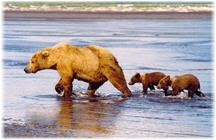








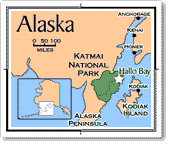

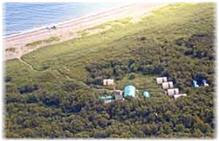


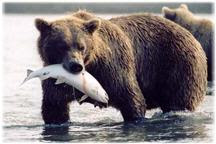
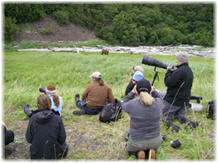




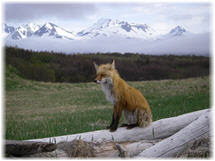


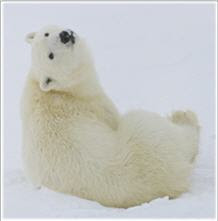







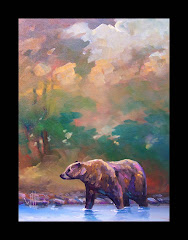





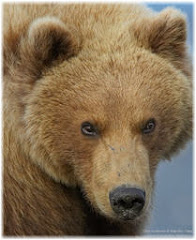




No comments:
Post a Comment